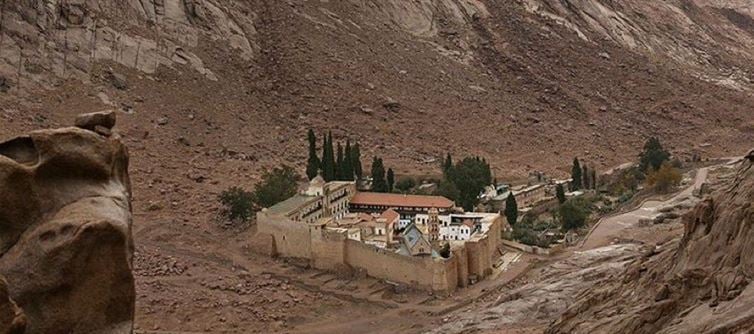
Recent reports indicate that the Egyptian government has ordered the closure and confiscation of Saint Catherine’s Monastery, allegedly to convert it into a museum, sparking international concern. The expulsion of the monastic community and the denial of their right to take sacred items with them has been viewed by many as a violation of religious freedom and cultural heritage. Critics argue that such actions are part of a broader pattern of increasing restrictions on religious minorities in the region. Turning the monastery into a state-controlled museum, while it may preserve the physical structure, risks erasing the spiritual essence and religious traditions that have given the site its true significance for over a millennium.
This development has sparked outrage among Christian communities and human rights advocates globally, who see it as yet another act of religious suppression. Framing the closure as a move by an “Islamic regime” adds a layer of religious tension to the issue, potentially fueling divisions at a time when interfaith dialogue and protection of heritage should be prioritized. While governments have the authority to manage cultural sites, doing so at the expense of living religious traditions can be seen as an affront to the faithful and a loss to global heritage. The international community, including religious and secular organizations alike, may find it necessary to appeal for the preservation not only of the monastery’s stones but of its sacred role and the monastic life that has animated it for centuries.




 click and follow Indiaherald WhatsApp channel
click and follow Indiaherald WhatsApp channel